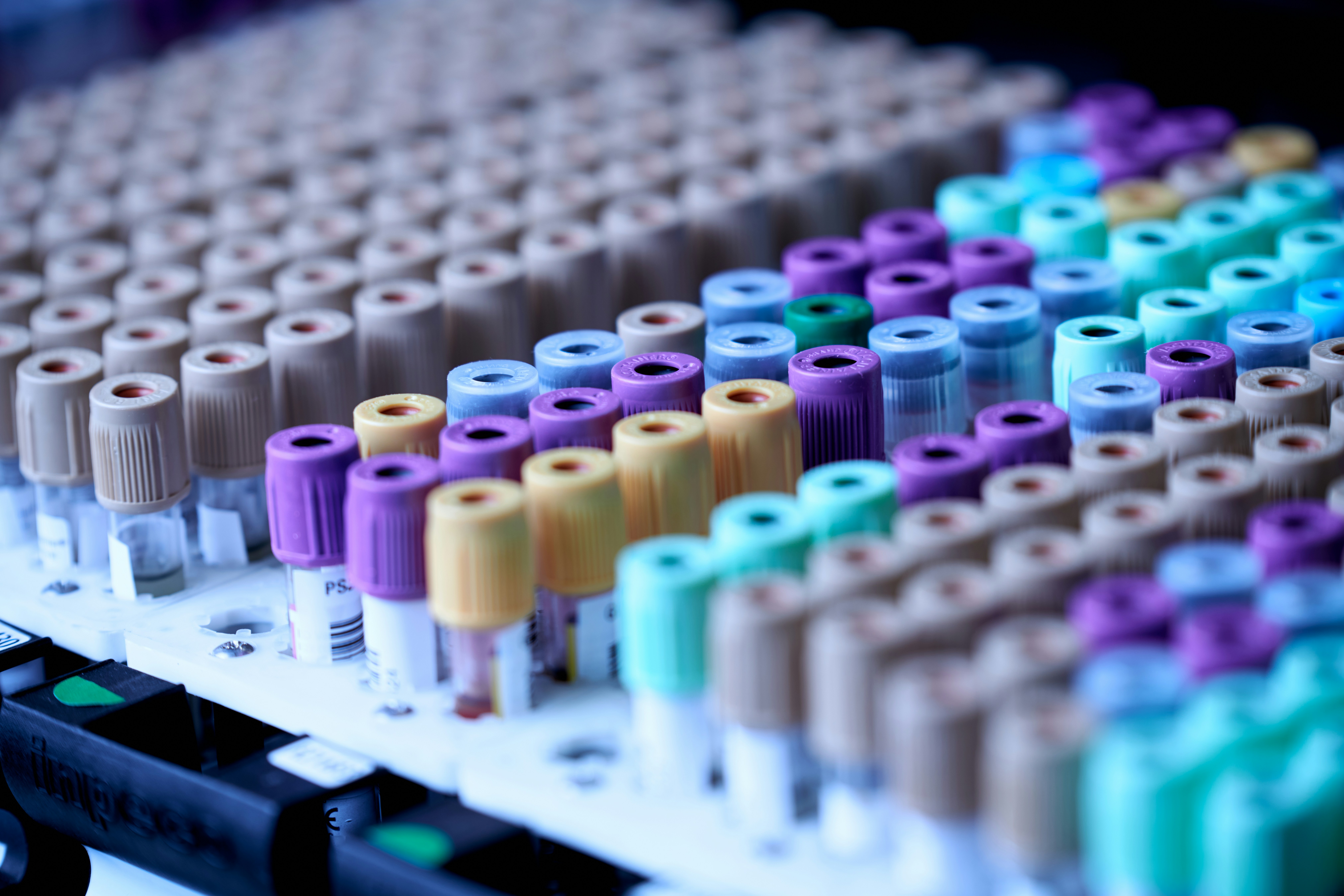July 28, 2025
Les good manufacturing practices (BPF) play an essential role in the pharmaceutical industry to ensure product quality. Leadership is a key factor in the continuous improvement of BPF.
Leadership is the ability of a person or group of people to influence and guide followers or members of an organization, society, or team.
He is responsible for the company's commitment to quality standards, internal communication, resource management and quality planning. Effective leadership is key to the success of Good Manufacturing Practices. It promotes innovation, continuous improvement, and strengthens the link between pharmaceutical development and manufacturing.
Les good manufacturing practices (GMP) are a set of processes and guidelines aimed at guaranteeing the quality of pharmaceutical, food and cosmetic products. GMP is essential to ensure compliance with quality standards and consumer safety.
By complying with GMP, companies ensure that they produce quality products, guarantee consumer safety and comply with current regulations.
Good manufacturing practices are based on several principles of quality management which are essential to ensure the effectiveness and efficiency of manufacturing processes, as well as to ensure sustainable GMP performance. These principles, which focus on quality assurance, are as follows:
These principles, combined and implemented consistently, contribute to the establishment of a solid quality assurance system and ensure compliance with regulatory requirements in the pharmaceutical, food and cosmetic sectors.Principles of GMPDescriptionCustomer OrientationGMPs should meet the needs and expectations of customers and focus on customer satisfaction.LeadershipStrong and committed leadership is required to support the implementation of GMP.Staff involvementAll staff members must be involved and responsible for product quality.Process approachGMP decisions require a comprehensive and systematic approach to manufacturing processes.Continuous improvementGMPs need to be constantly evaluated and improved in order to ensure optimal performance.Evidence-based decision makingGMP decisions should be based on factual data and scientific evidence.Managing relationships with interested parties.Businesses should establish and maintain strong relationships with the parties involved. stakeholders.
The pharmaceutical quality management system is defined by the ICH Q10 guidelines. It describes a global quality system model based on ISO quality concepts, including GMP regulatory requirements. The pharmaceutical quality management system includes elements such as management commitment, quality policy, quality planning, and resource management. It aims to improve the quality and availability of medicines around the world.
The pharmaceutical industry is subject to strict standards of good manufacturing practices. These standards, also known as GMP, aim to ensure the quality of medicines and to ensure patient safety. They are essential for maintaining public trust in pharmaceutical products. GMP in the pharmaceutical industry covers various aspects ranging from health and safety to raw material management and documentation. They impose strict requirements in terms of sanitation of premises, product quality control, product quality control, management of contamination risks and traceability of raw materials. Good manufacturing practices in the pharmaceutical industry ensure that drugs are produced under optimal quality conditions, with rigorous processes and strict quality controls. They apply to all stages of production, from the reception of raw materials to the distribution of the final product.
Good manufacturing practice standards in the pharmaceutical industry include:
Good manufacturing practices in the pharmaceutical industry are governed by strict quality standards to ensure the safety and purity of products. Pharmaceutical companies must comply with national and international regulations, including the World Health Organization (WHO) and the guidelines of the European Medicines Agency (EMA) .Benefits of Good Manufacturing Practices in the Pharmaceutical IndustryRequirements of Good Manufacturing Practices in the Pharmaceutical IndustryAssurance of the quality of medicationsEnsuring the quality of medicationsEnsuring the quality of medicationsCompliance with hygiene and safety standardsEnsuring the safety of patientsEstablishing sanitation protocolsPublic confidence in pharmaceutical productsRigorous quality controlsCompliance with national and international regulationsManagement of raw materialsEasy traceability of productsPrecise and complete documentation
In the food industry, good manufacturing practices are essential to ensure food safety and product quality. Good manufacturing practice standards include strict rules for hygiene, raw material control, production, storage, and distribution. They aim to prevent contaminations and to ensure compliance with quality standards.
The cosmetics industry is also subject to good manufacturing practices to ensure the safety and quality of products. Good manufacturing practices in the cosmetics industry include requirements for hygiene, raw material control, production, packaging, and labelling. They are essential to ensure compliance with quality standards and to protect the health of consumers.
Good manufacturing practices (GMP) are regulated by national and international texts. In Europe, the regulation of the European Medicines Agency and the ISO standards oversee GMP in the pharmaceutical, agri-food and cosmetic sectors. These texts and standards define the requirements to be met in terms of quality, hygiene and product control. They ensure that businesses comply with good manufacturing practice standards.
The role of leadership is crucial in improving good manufacturing practices (GMP). By committing to quality standards, promoting innovation, and working for continuous improvement, leadership plays a critical role in ensuring product quality and consumer safety in the pharmaceutical, food and cosmetic sectors. Good manufacturing practices are essential to ensure regulatory compliance and maintain customer trust. Thanks to effective leadership, companies are in a position to implement robust quality management systems, involve staff in the improvement process, and ensure production processes that meet the highest standards.En conclusion, leadership plays a critical role in promoting good manufacturing practices. It promotes a commitment to quality standards, encourages innovation, ensures continuous improvement, and strengthens the link between pharmaceutical, food and cosmetic development and manufacturing. Effective leadership is the key to ensuring product quality and consumer safety.
Leadership plays a critical role in improving GMPs by committing to quality standards, fostering innovation and continuous improvement. It contributes to guaranteeing product quality and consumer safety in the pharmaceutical, food and cosmetic sectors.
GMP is a set of processes and guidelines aimed at guaranteeing the quality of pharmaceutical, food and cosmetic products. The objectives of GMP are to ensure the production of quality products, to establish and maintain a control phase, and to facilitate continuous improvement.
Les GMP principles rely on customer focus, leadership, staff involvement, the process approach, continuous improvement, evidence-based decision-making and the management of relationships with interested parties. They aim to ensure the sustainable performance of GMPs and to guarantee the effectiveness and efficiency of manufacturing processes.
The pharmaceutical quality management system is defined by ICH Q10 guidelines. It describes a global quality system model based on ISO quality concepts, including GMP regulatory requirements. It aims to improve the quality and availability of medicines around the world.
Good manufacturing practices in the pharmaceutical industry aim to ensure the quality of medicines and to ensure the safety of patients. They include requirements such as health and safety, sanitation, quality control, raw material management, and documentation.
Good manufacturing practices in the food industry aim to ensure food safety and product quality. They include strict rules concerning hygiene, control of raw materials, production, storage, and distribution.
Good manufacturing practices in the cosmetics industry aim to guarantee the safety and quality of products. They include requirements for hygiene, raw material control, production, packaging, and labelling. They are essential to ensure compliance with quality standards and to protect the health of consumers.
GMP is regulated by national and international texts. In Europe, the regulations of the European Medicines Agency and ISO standards oversee GMP in the pharmaceutical, agri-food and cosmetic sectors. These texts and standards define the requirements to be met in terms of quality, hygiene, and product control.
Des formations conçues par des experts métier, régulièrement mises à jour pour coller aux exigences terrain. Découvrez nos modules les plus suivis et les mieux notés par les professionnels.

Formation complète sur les Bonnes Pratiques de Fabrication (BPF) adaptée à votre profil professionnel dans l'industrie pharmaceutique et vétérinaire.

Maîtriser les techniques et les procédures essentielles.

Les procédures essentielles d'hygiène et de sécurité pour le personnel...